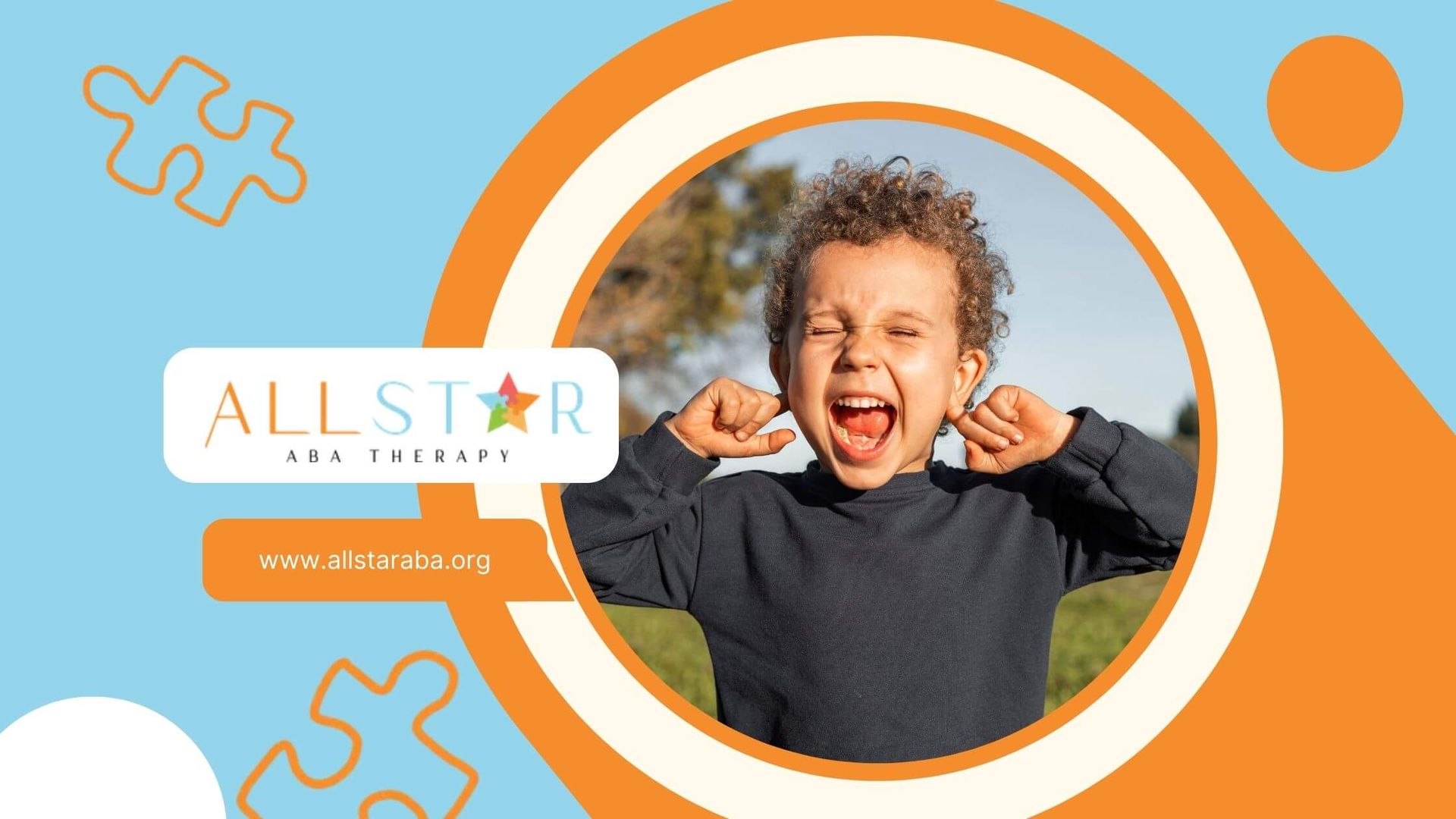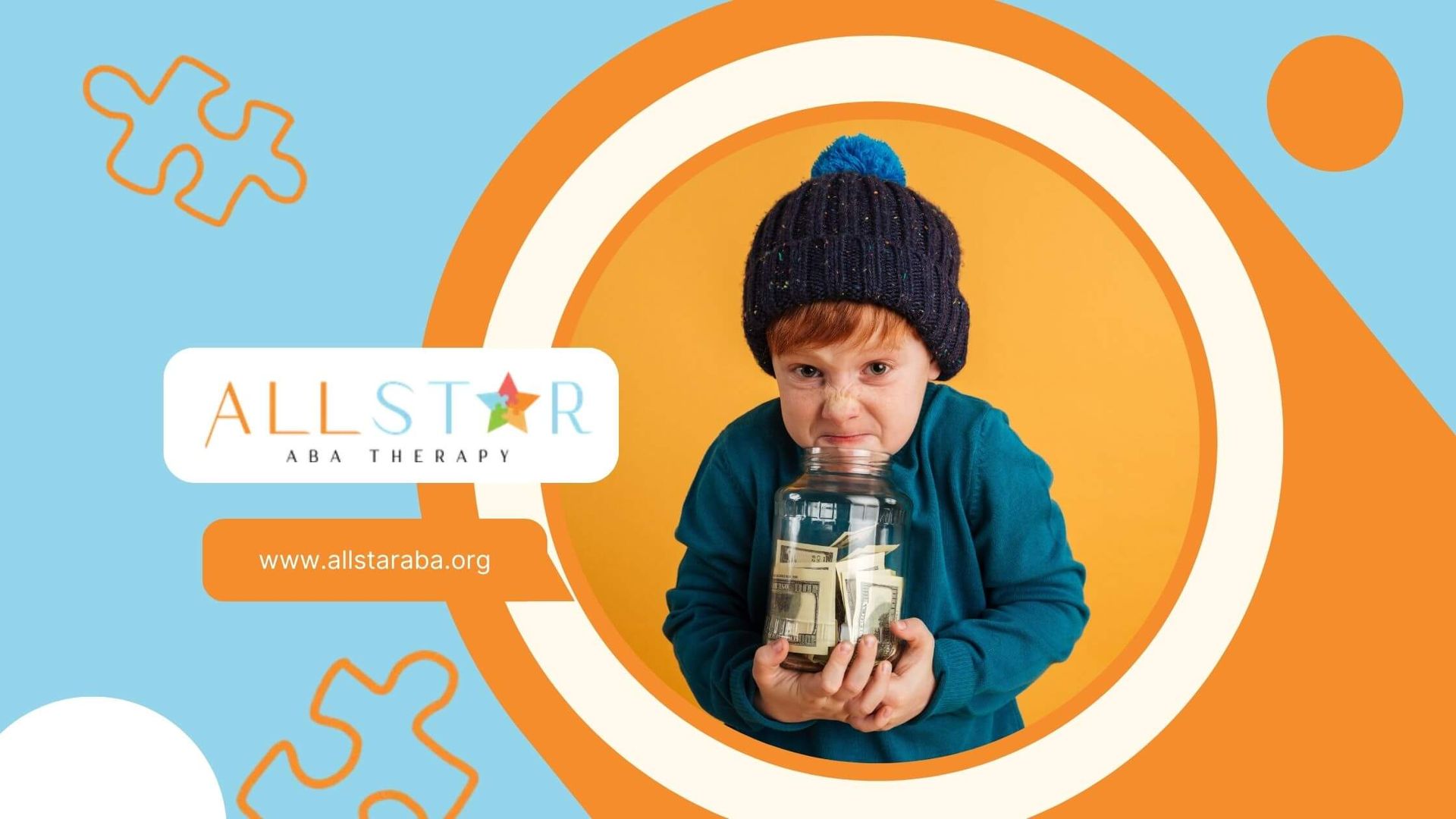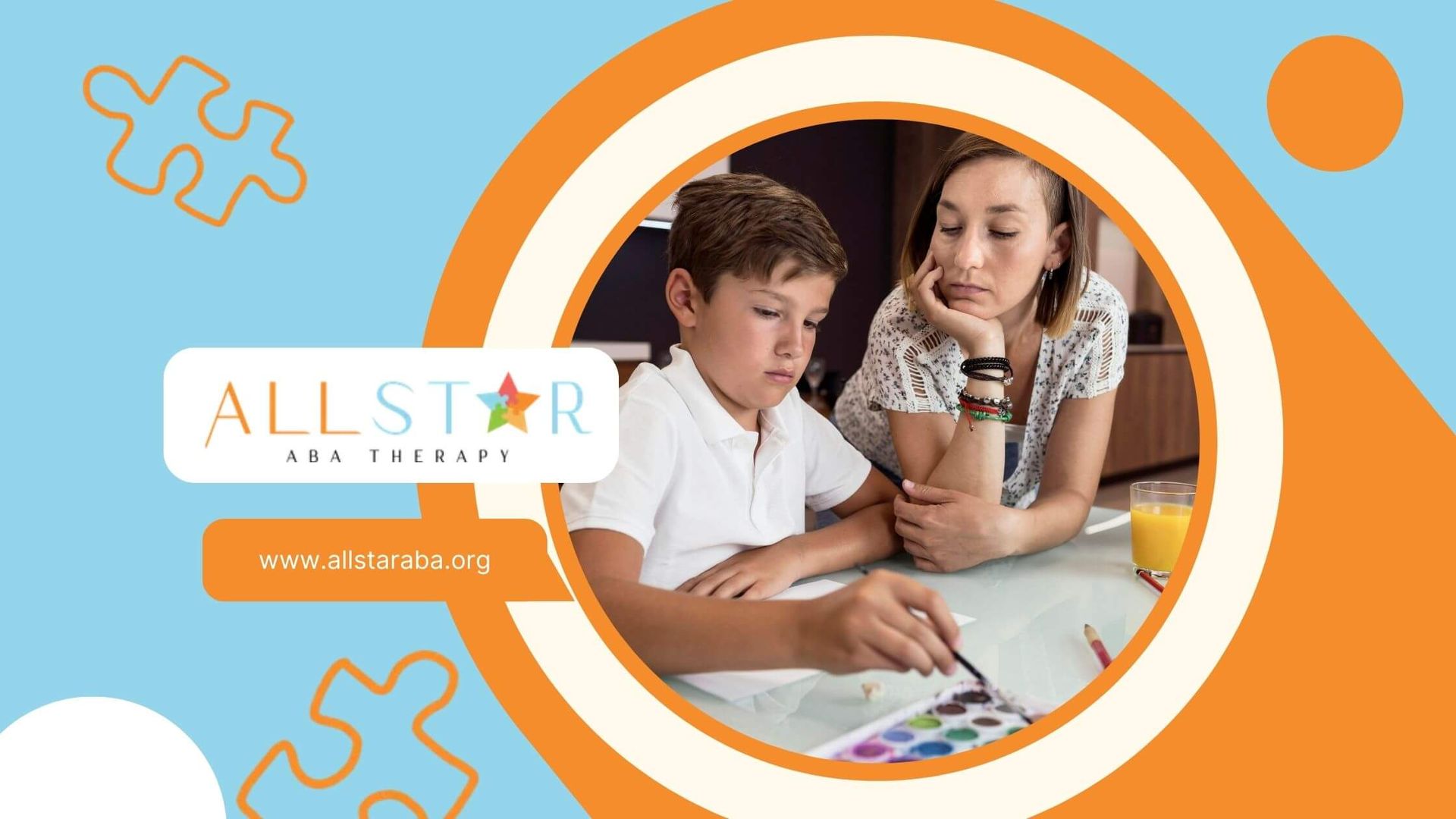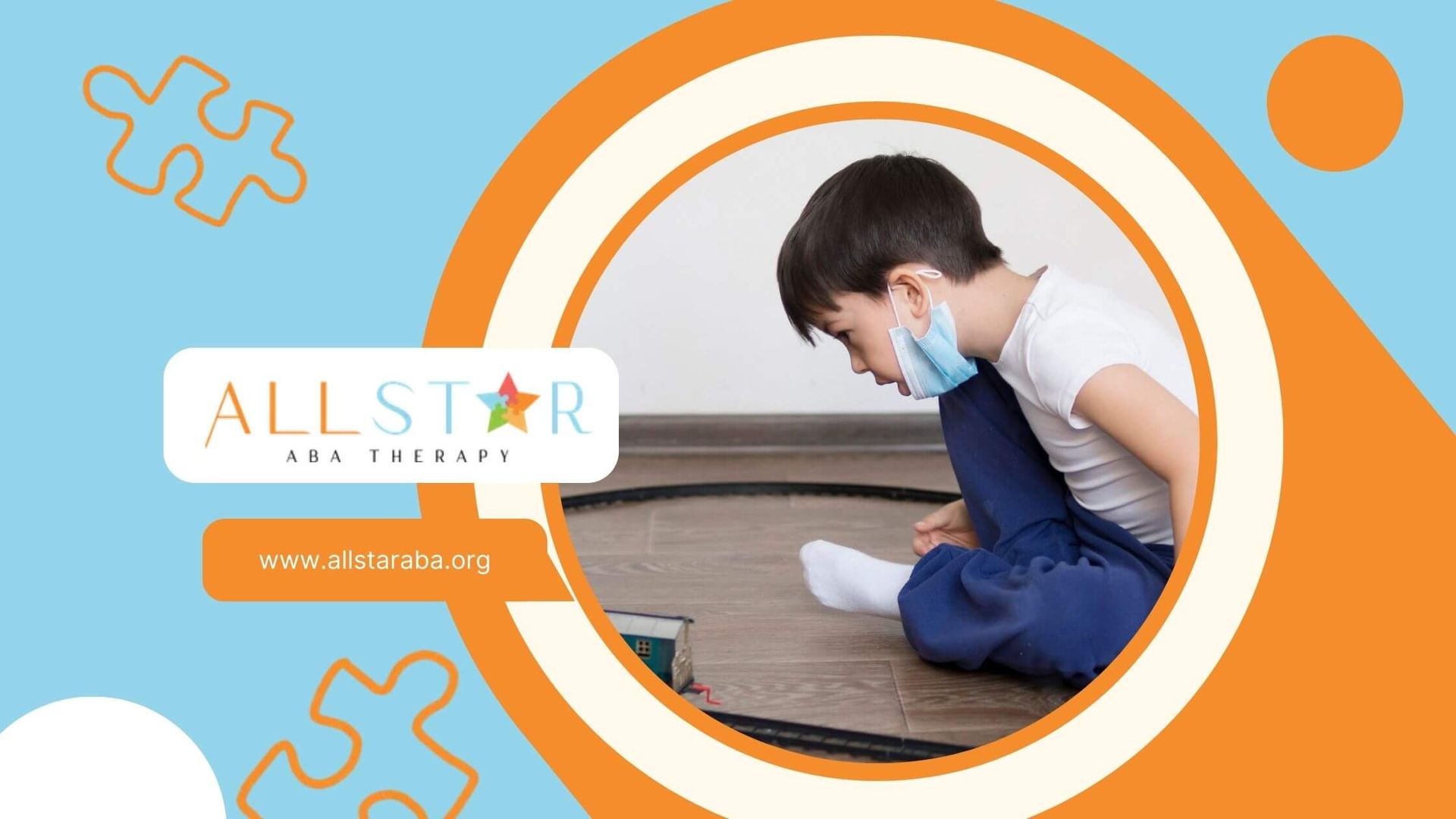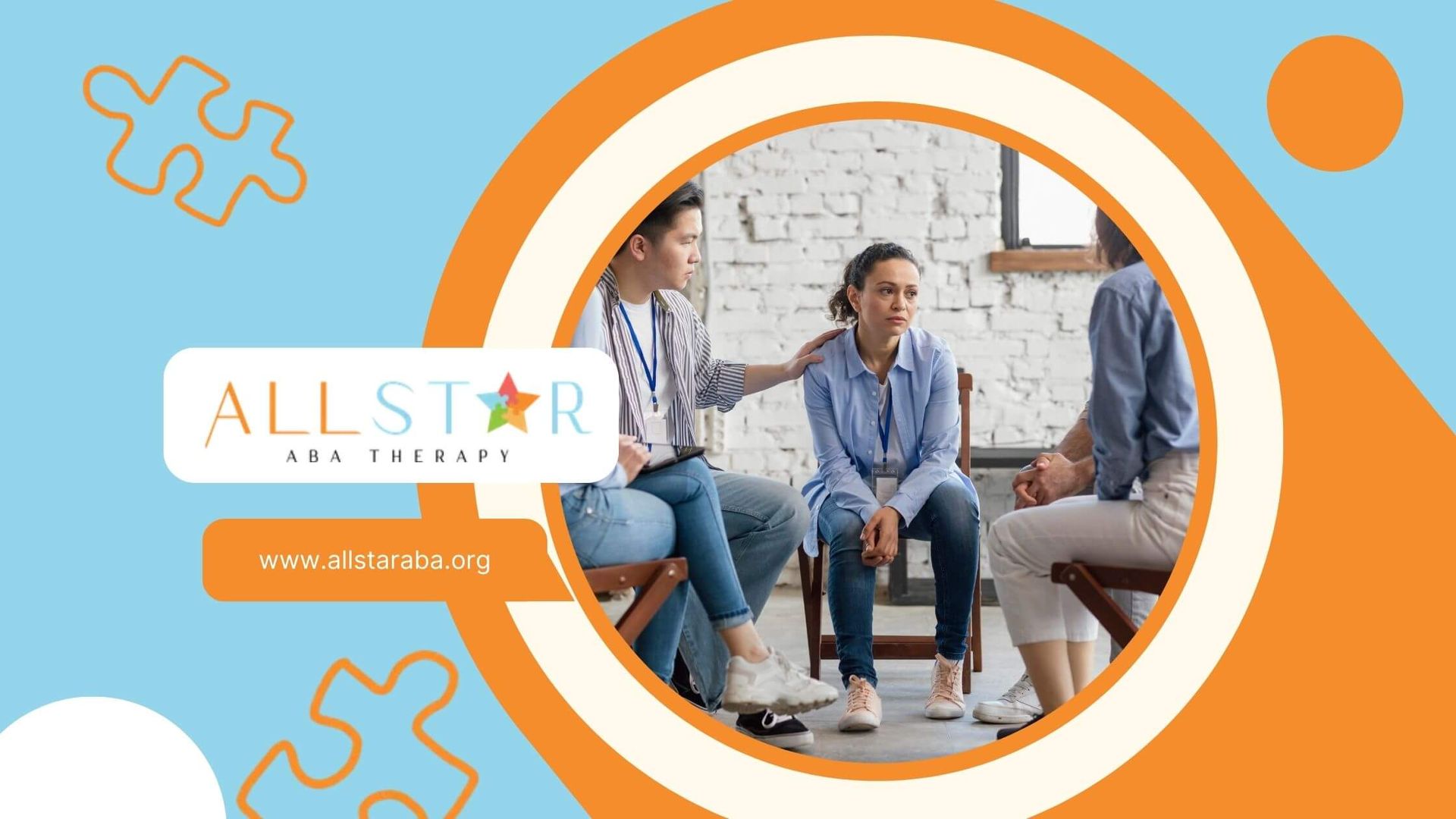New Paragraph
Can a Child with Autism Talk Normally?
Parents often wonder whether a child with autism can talk normally, and the answer is yes—many children on the autism spectrum develop fluent speech. Autism is a spectrum, meaning it affects individuals in different ways. While some children may have limited or delayed speech, others may speak clearly but still experience challenges in social communication.
For example, a child with autism who speaks normally might struggle with tone of voice, conversational turn-taking, or understanding nonverbal cues. Others may use language primarily to discuss their special interests rather than for social connection. This shows that speech ability alone is not the only indicator of autism.
Early support, such as ABA therapy, can help children strengthen their language and communication skills. Therapists focus on both verbal ability and how children use language in social settings. With the right guidance, many children improve not only their speech but also their confidence in communicating with others.
At All Star ABA, we create personalized therapy plans to help children enhance communication, social interaction, and everyday skills, empowering them to thrive at home, school, and beyond.
Frequently Asked Questions
Can autistic children speak fluently?
Yes, some children with autism can talk normally, while others may face delays or differences in communication.
Does normal speech mean a child doesn’t have autism?
No. Autism affects social interaction and communication style, not just speech ability.
How can ABA therapy help with communication?
ABA therapy can build language, social, and conversational skills tailored to each child’s needs.
Need Support?
We're Here to Help!
Our experienced team is ready to assist you. Reach out today to discuss how we can support your child's development and well-being.
Get started with expert ABA therapy today.



